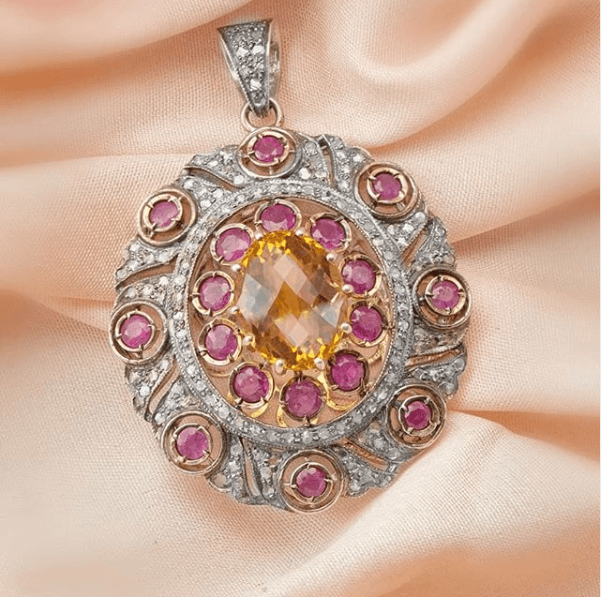

History Of Victorian Jewelry
The Victorian era takes its name from the time when Queen Victoria (Alexandrina Victoria) was the monarch of Great Britain and Ireland. Her reign is the second-longest (after Queen Elizabeth II), lasting more than 63 years, from June 1837 to January 22, 1901.
The Victorian era was one, if not the most important, of British history due to its long period of peace, prosperity, and industrial development. It is hard to imagine that Britain is at the forefront of industrialization today with very little industrial work in Britain today, but at the time it was the world leader.

Before the industrial revolution, the British population was not exactly as we know it today. There was a great gap between the rich aristocracy and the bourgeoisie. Most of the population lived in rural jobs or in cities that were much smaller at the time. Most of the citizens worked in the country, which belonged largely to the aristocracy, so wealth was kept mainly in the hands of the wealthy.
Everything changed in the early nineteenth century and coincided with Victoria's ascension to the throne. The new wealth brought about by the industrial revolution meant that new wealth could be obtained and that it came into the hands of people with much less privileged backgrounds than the aristocracy, which was essentially the birth of the British middle class.
With the rise of this new middle class, the choice was born, where materialism has become something for the masses. Jewelry has become one of the most popular products. The jewelry market exploded at this point due to the wealth of potential new buyers.

During this period, the literary and intellectual artistic movement, known as romanticism, coincided. At this time, Victoria married Prince Albert and accidentally created a jewelry trend, which became synonymous. The Albert ring that he gave Victoria was a snake that had a tail in its mouth and should symbolize eternal love.
Due to the ring, snakes and snakes have become the trend of the day. Many bracelets, necklaces, rings, and earrings are often made of yellow gold snakes. Its eyes or tail were generally set with a diamond or a grenade.
Flower patterns have also become synonymous with romantic jewelry. The petals were often made of gold, so the flower was made of various types of studs. This design was particularly used in the manufacture of earrings and brooches.
Gold was a particularly popular material at the time. This is due in part to the North American gold rush in California and the Witwatersrand gold rush in South Africa, which made the metal more accessible to goldsmiths. This was also due to the new artisan techniques that were developed during the industrial revolution and that made production more economical.
After Prince Albert's death in 1861, things changed a lot. Queen Victoria went through a long period of mourning and dressed to reflect this. The queen pioneered here again, and after 1861 the jewels certainly took a darker turn.

Jet, a petrified and polished coal stone found on the coast near Whitby in North Yorkshire, became very popular. Other cheaper black jewelry materials have been used to replace the jet, such as black glass called the French Jet and Vulcanite, which is essentially a hardened polished rubber. Depending on the jewelry and design, black enamel and black onyx have also become popular due to their obvious similarity to the dark and understated appearance of the grieving queen.
At the end of Queen Victoria's reign and period, the jewels had changed into a U-shape compared to the beginning of the period. In general, most of the items had become smaller and much easier to design. Yellow gold was used less and silver became more popular as Japanese design began to affect the market.



















